Students who know a little bit of communication must know that although the mobile communication network includes many components, it is essentially divided into two sides: one wireless side and one network side .
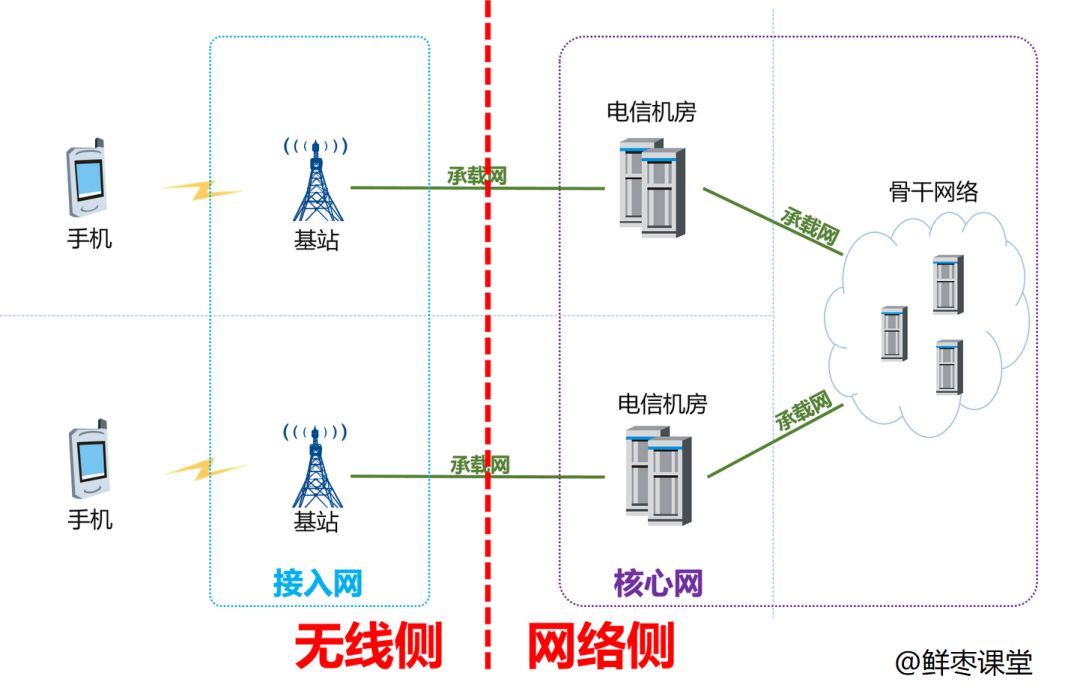
Wireless side & network side
On the wireless side, the focus is on the wireless interface, which is signal quality and network coverage. On the network side, the focus is on route forwarding and data processing, which is actually business management.
The network side is usually also directly called the core network side, and is composed of core network devices of various functions. This thing is very complicated. . . Do not believe? Just throw a network diagram and feel it:
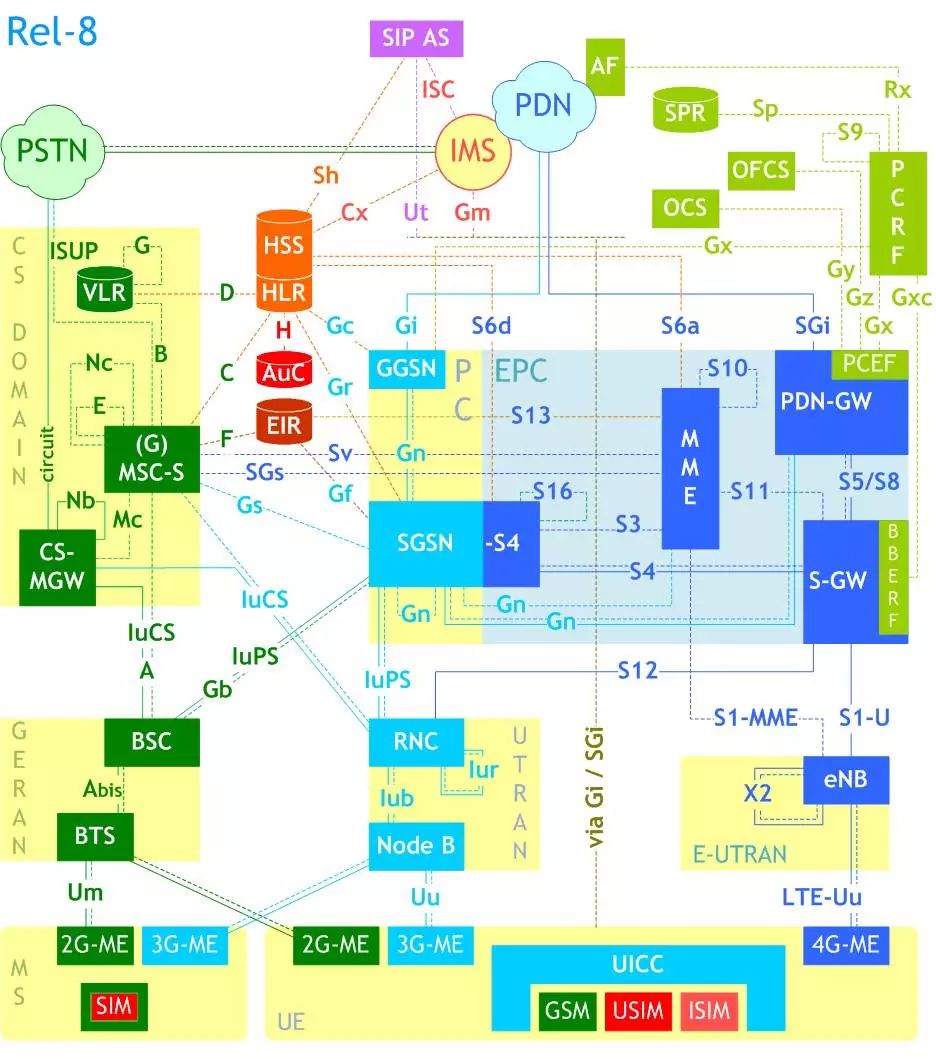
This is still a short version, you see there is a yellow circle of IMS. In fact, the simple three letters represent a bunch of things:
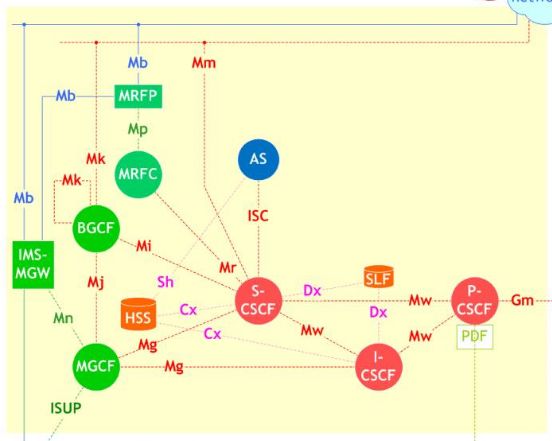
Are you complicated and not complicated?
The complexity of the communication network is the inevitable result of the continuous development of communication technology. The 2G network is simple. However, 3G and 4G were built later, and 5G is coming soon. So many networks are not completed immediately, but will coexist for a long time. The coexistence of multiple networks will inevitably lead to the size and complexity of the network.
More and more
More and more features...
More and more network...
More and more equipment...
More and more interface...
More and more signaling...
Complex networks are transparent to mobile phone users, but they pose a lot of problems for operators:
Unreasonable use of hardware resources ✘
Network maintenance is getting more and more difficult ✘
Operating costs continue to rise ✘
Different manufacturers are complicated and inefficient.
New business is slow to go online ✘
Business applications are inflexible ✘
In such an era of fierce competition, these problems have seriously affected the operating costs and efficiency of operators, reduced the profits of operators, and weakened competitiveness.
So, a new solution was proposed -

What is virtualization?
Virtualization, which is commonly referred to in the communications industry, is actually called Network Function Virtualization (NFV).
Why should we emphasize the communications industry?
Because the initial virtualization is actually a concept of the IT industry. As IT and CT (Communication Technology) continue to merge into ICT (Information Communications Technology), virtualization technology has begun to enter the traditional communications industry.
Definition of Network Function Virtualization (NFV) :
Softwareization of business function nodes is realized by using virtualization technology and general hardware based on X86.
A little aggressive? Amount, let's take a look at how NFV comes from.
The initial communication device architecture is like this:

Business: It is the function of the network
Control: the overall management of the network
Media: is the user's data stream
That is, all functions are done in one device and everything is managed.
Later, in order to be more flexible and save money, it became like this:
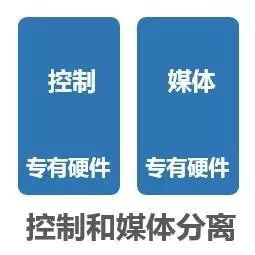
It seems that one has changed two, how can it save money?
In fact, it is N "control + media" that becomes 1 "control" plus N "media". (This is for everyone's understanding, so the example of "one-to-many" is actually very flexible, but it can be "many-to-many")
Draw a sketch and understand at a glance:
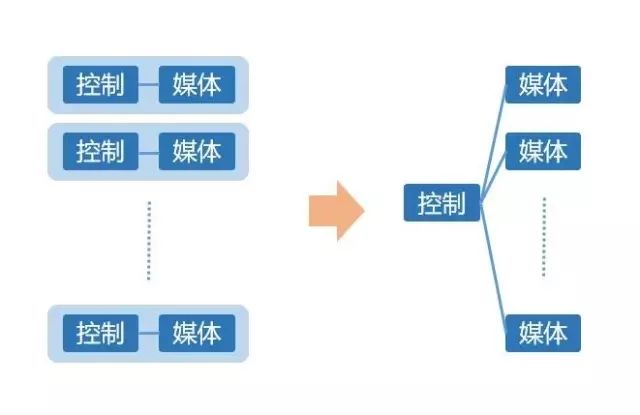
Later, for more flexibility and more money:
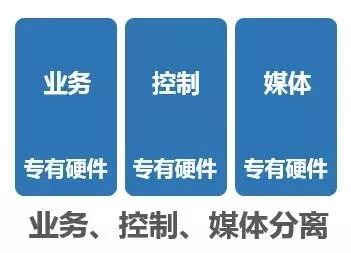
The business has also been stripped from control. Everyone has their own division of labor and is dedicated to doing their own work.
Now, the concept of virtualization is proposed, more thoroughly stripped:
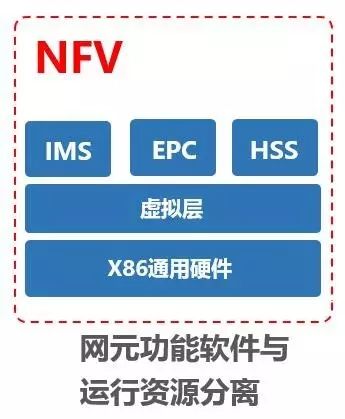
Simply use the general hardware of the IT industry (that is, the HP, DELL branded servers, blades or towers that everyone sees in telecom or enterprise rooms) to replace the traditional self-developed hardware of various communication vendors (Huawei, ZTE, etc.). (ATCA, ETCA kind).
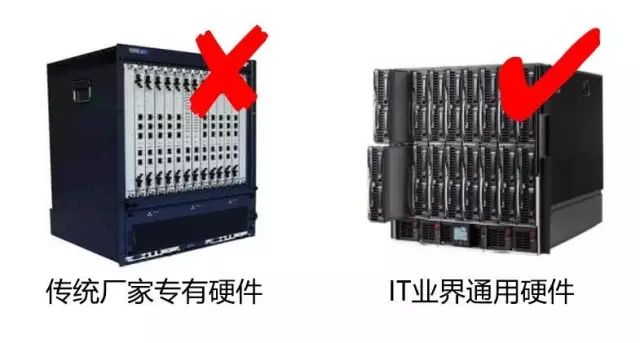
Of course, virtualization is not as simple as a hardware platform .
On top of the hardware platform, there is a very powerful virtualization software platform for management. This software platform is also an open source (open source, open source) software platform for the IT industry, such as the famous Openstack.
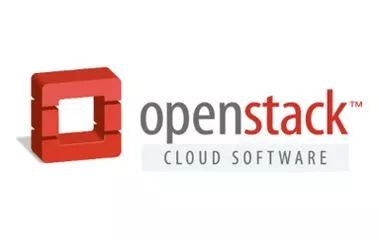
Based on the open source platform, equipment vendors conduct custom development and make their own systems.
Say something simple, understand this:
The virtualization platform packs a layer of hardware on the hardware. The real hardware is invisible to you. It provides a lot of virtual hardware resources for you to use.
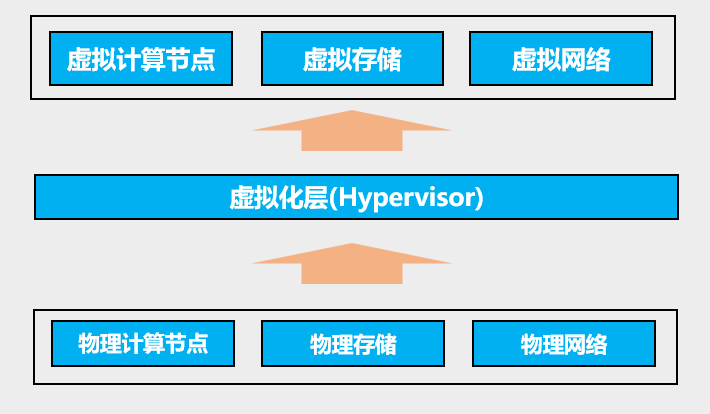
You have the flexibility to access these virtual resources (CPU storage network), install the system and install the program.
Thus, let these programs implement the functions of your telecom equipment network element (MME SGW PGW CSCF AGCF, etc.).
More exaggerated, your desktop PC, banging, can also be used as a telecommunications equipment. . .
By making everything virtual , you can achieve ultimate flexibility . . .
The following is the overall structure of Network Function Virtualization (NFV):
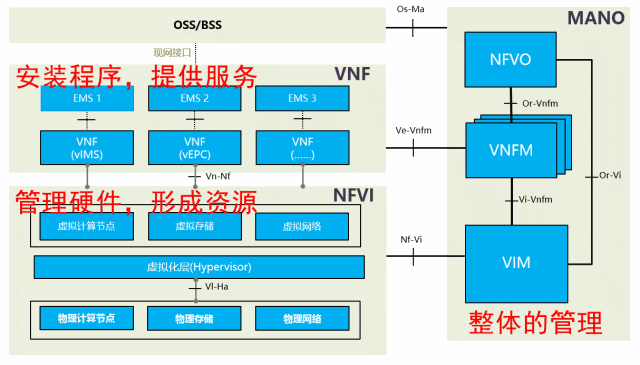
It doesn't matter if you don't understand. It will be introduced in the future.
After the virtual, the call to the hardware resources is very convenient and free.
If the workload of the network is too high:
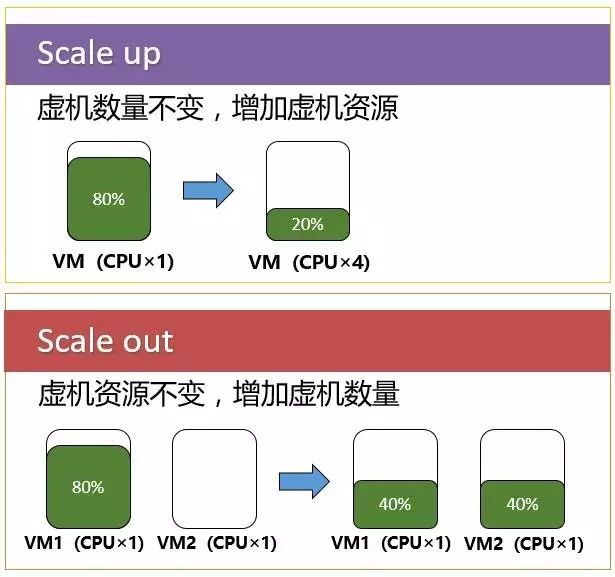
Dynamically increase the number of CPUs
If the load is too low:
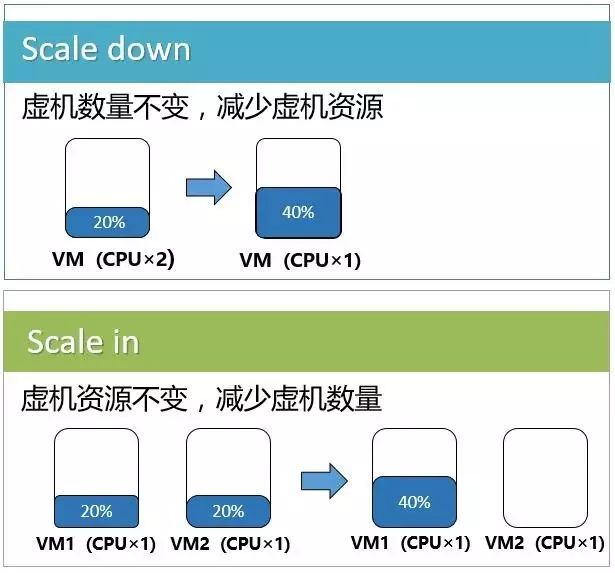
Dynamically reduce the number of CPUs
Understand? With the help of virtualization, the system is more flexible and more resource efficient.
Moreover, the system's disaster tolerance is greatly enhanced. The physical hardware is broken, responding quickly and processing.
However, although virtualization looks very bullish, it is still in the development stage. From birth to maturity, it definitely takes a cycle.
opportunity? challenge?
Although virtualization brings great benefits, it is really not a good thing for colleagues in the communications industry.
Because it is already very cruel competition, it will become even more turbulent. . .
In the past, it was only the fight between several communication companies such as Huawei, ZTE, Ericsson and Nokia. Now, those gangsters in the IT industry have to join in. . .
If we say that the advantages of proprietary hardware have been used before, or industry barriers have been established, now, after softwareization, such advantages will disappear.
Selling hardware would have been meager, and now it’s better, it’s harder to do it. It’s going to face more brutal competition from established manufacturers like DELL and HP.
Engage in software, BAT these Internet giants in the strength of the software, think about it is also a headache. What's more, there are also foreign, GOOGLE, FACEBOOK, AMAZON in the eye. . .
What is even more tragic is that it was thought that only the network side would fall. Now, the wireless side is also beginning to support virtualization. So, in the end, perhaps only the antennas can't be virtualized, and all communication devices will support virtualization.
In the face of such a situation, communication equipment vendors are really hard to say. . .
Sooner or later, the traditional communication companies can only ask for more blessings...
Data Transmission Cable,Car Data Transmission Cable,On-Board Data Line,On-Board Charging Line
Dong guan Sum Wai Electronic Co,. Ltd. , https://www.sw-cables.com